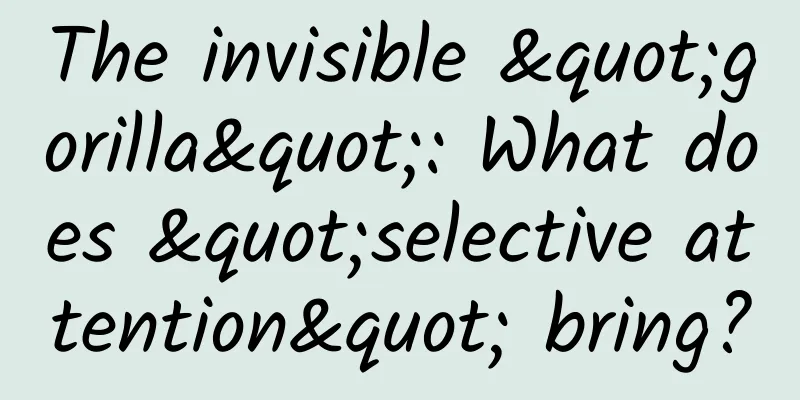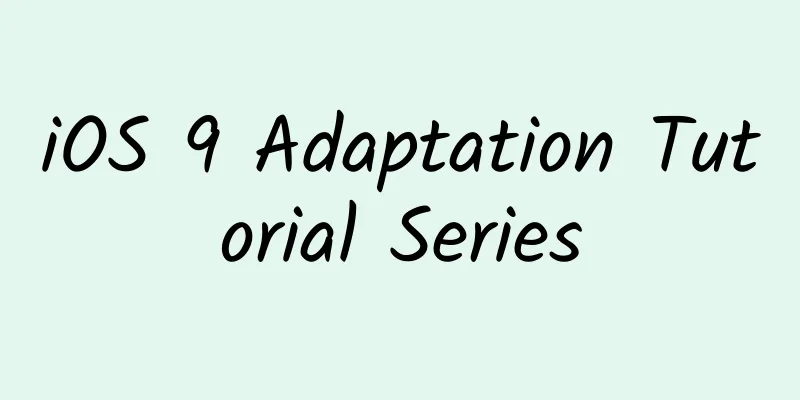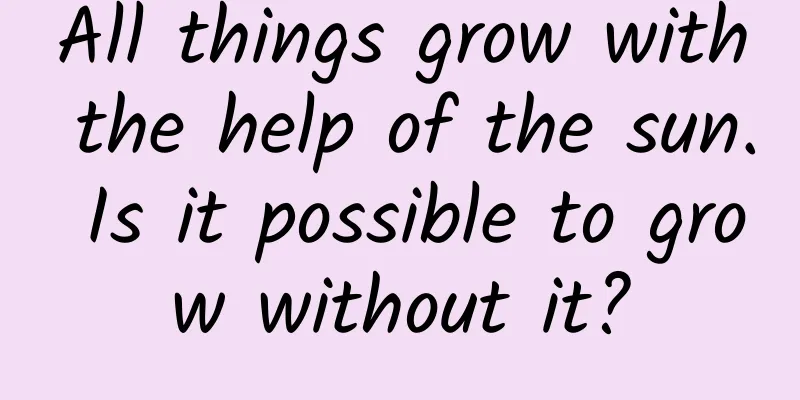The invisible "gorilla": What does "selective attention" bring?

|
Last week, for those who are interested in tennis, the tennis open held in Wuhan must have been your focus; this week, if you are a reader who pays attention to popular science, then a major event in the popular science community, the 2024 East Lake Forum, which will be held in Wuhan with the theme of "Building a fertile soil for popular science and letting scientific dreams fly", will surely attract your attention. Although we live in the same world, due to different "attentions", everyone's feelings and perceptions of the world are different. The invisible gorilla Regarding the impact of "attention" on daily life, psychologist Daniel Simmons conducted an experiment called "Invisible Gorilla" in 1999. They played a video of a basketball game for the subjects and asked them to record the number of passes made by the players. Halfway through the video, a person dressed as a gorilla appeared on the screen. The "gorilla" stood on the court, beat his chest in front of the camera, and then left. Surprisingly, many subjects did not notice the "gorilla" and their attention was focused on the movements of the basketball players. Why did the subjects in the experiment turn a blind eye to the gorilla? Because the visual information about the gorilla did not reach the final destination - the higher visual cortex. Scientists have found that the primary visual cortex accounts for about 10% of the entire cerebral cortex area. In addition to the primary visual cortex, there are more than 30 more functionally advanced visual cortices that process and encode visual signals more finely. Their areas are much smaller than the primary visual cortex. These higher visual cortices cannot process a large amount of information like the primary visual cortex. When they select the visual information to be processed, the attention mechanism plays a key role. The auditory system also has a similar attention regulation mechanism. For example, at a noisy party, although you will be disturbed by the surrounding environment, such as other people's conversations, loud music, the sound of people walking back and forth, etc., you can avoid these distractions and concentrate on your conversation. This phenomenon is called the "cocktail party effect." Other senses, such as smell, taste, and touch, also have the phenomenon of "selective attention", focusing on specific things like a spotlight and ignoring things around them. “Attention” leads to “Flow” Many people think that "attention" is a state of high tension. On the contrary, high concentration is a state of alertness and tranquility - breathing slows down, heart rate drops, and there is no interference from emotions. At this time, the limbic system that produces emotions is suppressed by the cerebral cortex. This is what psychology calls the "flow" state. At this moment, people are calm and focused, and almost forget about time. The maintenance of this state requires the participation of the locus coeruleus of the brainstem, the right frontal lobe, and the parietal lobe. The "spotlight" of "attention" can be continuously illuminated or shifted to other places. When you gaze at the scenery outside the window, a kitten appears in your sight. Your sight will be attracted by the kitten. Before you turn your eyes, the attention neurons in your brain have already become excited about the appearance of the kitten. When you are talking to a friend, if someone behind you mentions your name, you can shift your attention to the content of the conversation behind you without turning your head. Selective attention is more important "Attention" can be regulated by one's subjective will (active attention from top to bottom), or attracted by external environmental stimulation (passive attention from bottom to top). Magicians are very familiar with the highly selective and diverting laws of "attention". When he needs to divert the audience's attention, he will use props, eyes or language to attract the audience's attention. At this time, the audience will turn a blind eye to his covert operation and turn a deaf ear to it, thus being brought to the "moment of witnessing a miracle". The posterior parietal lobe of the brain is considered to be an important brain area for regulating "attention". For example, a painter suffered a stroke that damaged the right posterior parietal lobe of his brain. When he was painting, he turned a blind eye to things on the left side of his eyes. Later, as his condition gradually improved, he slowly regained his perception of things on the left side. The anterior cingulate area of the brain is also closely related to "attention". In some visual tasks that require concentrated attention to complete, such as the word "red" is printed in green, and the subjects are asked to say the color of the word. This interference requires the subjects to pay special attention to the color information. Brain imaging experiments show that the anterior cingulate area of the subjects is significantly activated. “Two people looked out of the iron window of the cell, one saw the soil, the other saw the stars”. It is not that we should not pay attention to negative information, but we should keep a clearer mind when paying attention to negative information, not exaggerate or indulge in the current state, and make rational decisions. As the author recently published "The Growing Universe: A Collection of Brain Science Short Stories", there are many fragments about "attention", "May our attention be like a dancing butterfly, crossing the sea of stars and meeting a better world". (The author Wang Xin is an associate professor at Central China Normal University and a member of the Science Popularization and Continuing Education Committee of the Chinese Society of Neuroscience) |
<<: How many steps are there to grow potatoes in space? Botanists answer...
Recommend
Fanyin's "Kuaishou Short Video Explosion and Monetization" cracks the code to increase video clicks and doubles the traffic of works
This set of training courses includes Fanyin’s Ku...
Governing Smart Cities: A Policy Benchmark Report on Smart City Development
This report, Governing Smart Cities, provides a b...
Xiaomo AE tutorial for beginners from scratch
Course Catalog ├──AECC2019 Software | └──After Ef...
Can the "Starlink Model" compete with Starlink? Opportunities and challenges for the development of my country's satellite Internet
As an effective supplement to ground mobile base ...
Soul product analysis!
In China, stranger social apps are a mysterious e...
Is the effect of bidding promotion declining? You must analyze these 8 factors
Nowadays, most of our SEM promotions revolve arou...
From paper airplanes to hypersonic speeds, how do aircraft wings evolve?
Produced by: Science Popularization China Author:...
Why do the comments on Weibo and Toutiao for the same news have two different styles?
When browsing Weibo, you will often find that the...
Symptoms of the incubation period of novel coronavirus pneumonia. What are the symptoms of novel coronavirus pneumonia?
Pneumonia caused by the new coronavirus has attra...
The free lunch is over: Tesla Superchargers start charging
Tesla Motors announced on Monday that it will end ...
[Li Jiaoshou] How to conduct consumer research without a large budget?
Consumer Survey Regarding consumer surveys, one o...
Are there any differences in the traffic pools of information flow accounts in different industries?
During the delivery process, we often encounter t...
Brand marketing methods of Zhihu promotion platform!
Every year, many customers use Zhihu promotion pl...
In the near future, five traditional industries may shine due to human-computer interaction learning
Over the years, machine learning has always been ...
Ongoing front-end engineering and performance optimization
As a developer, not just a front-end developer, y...









